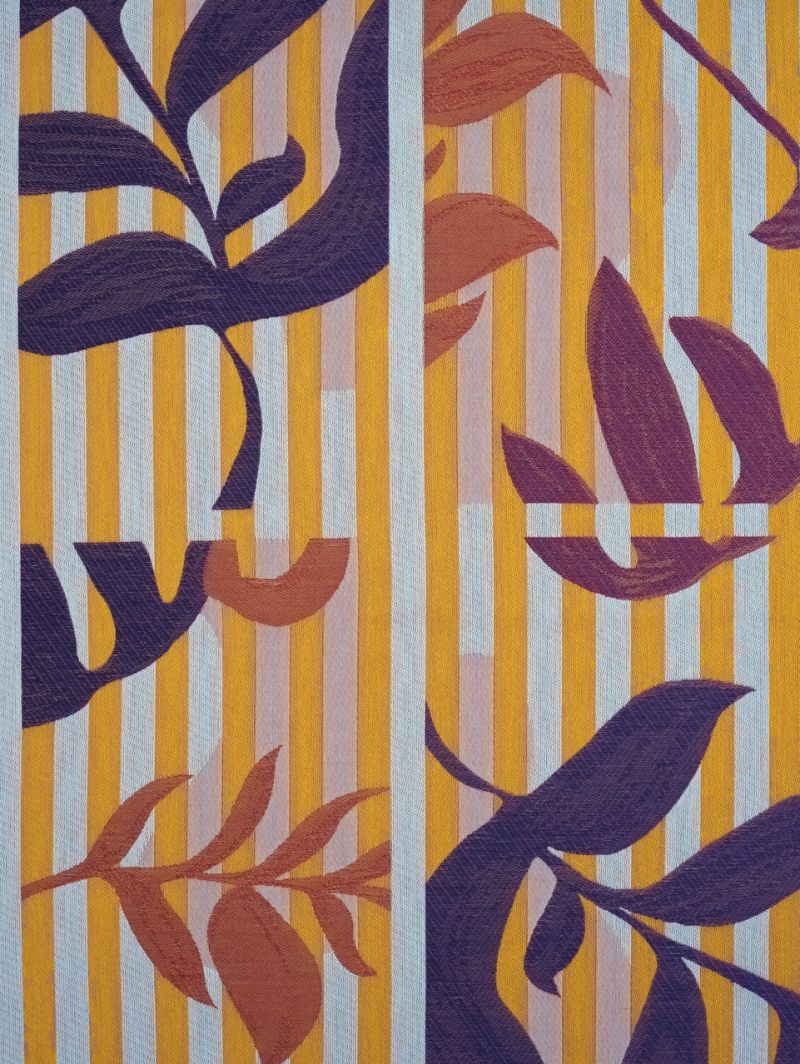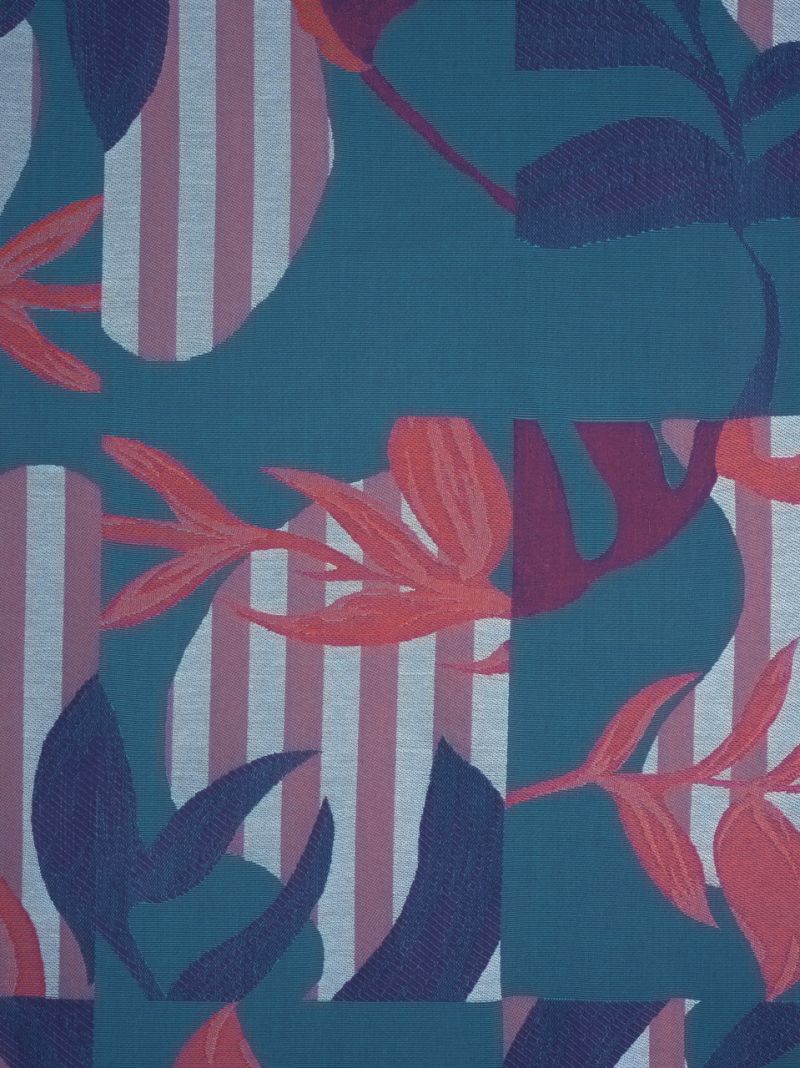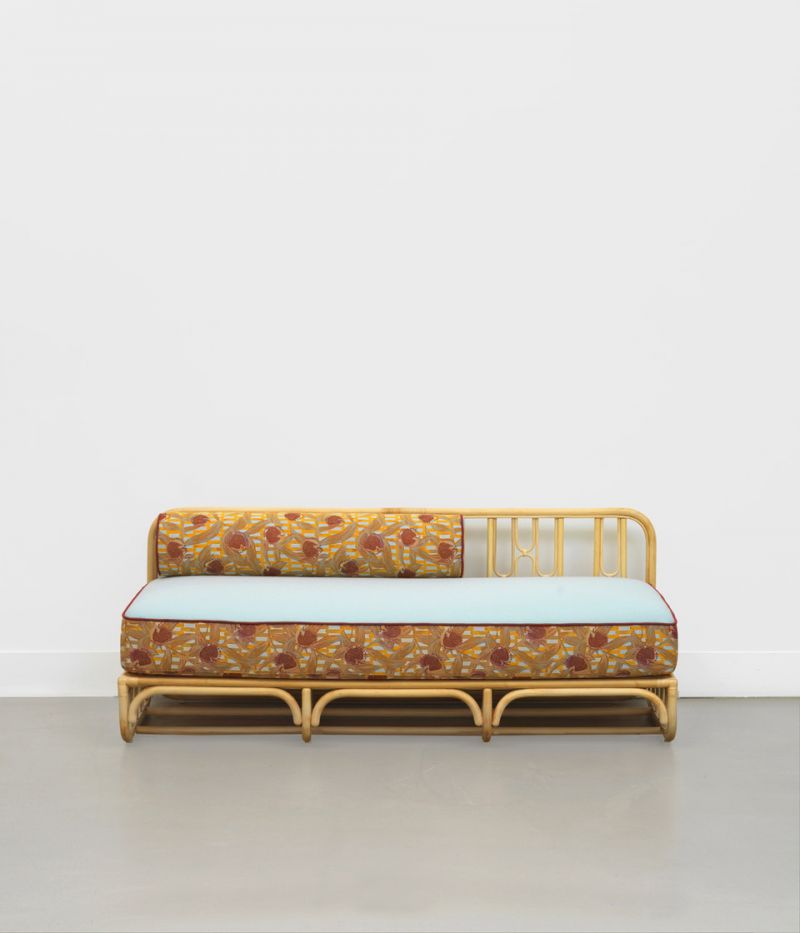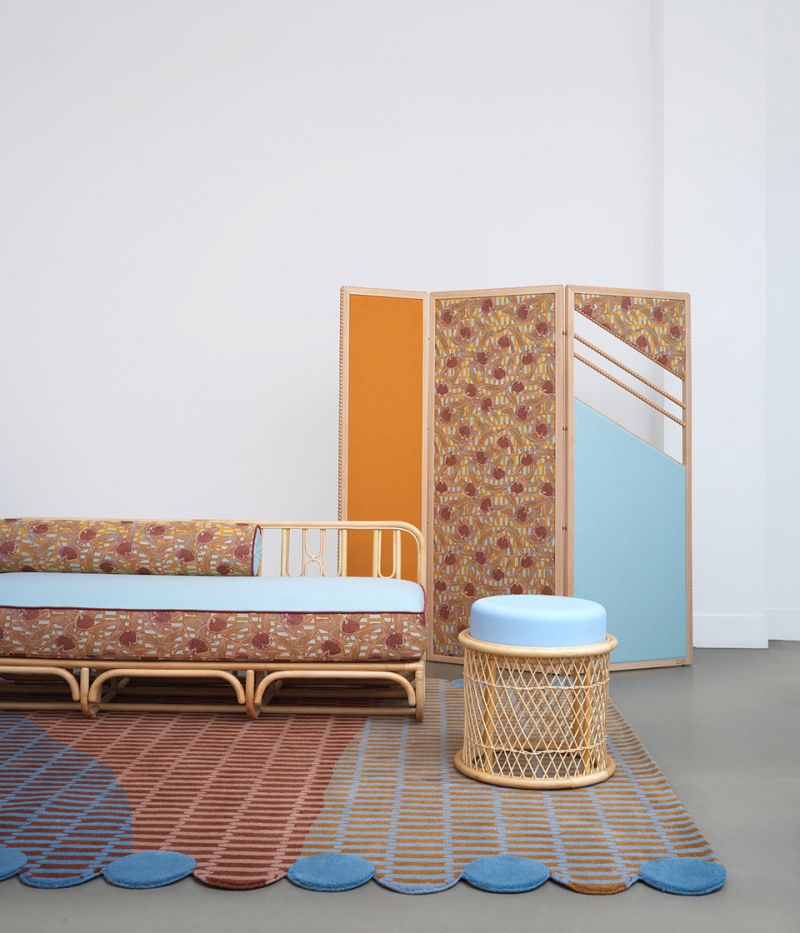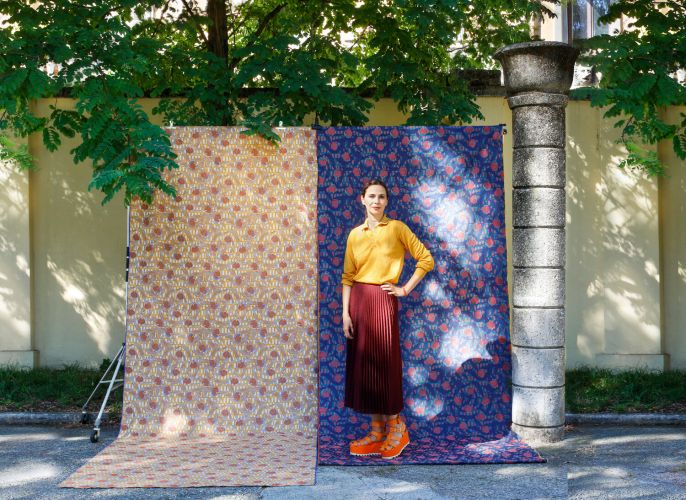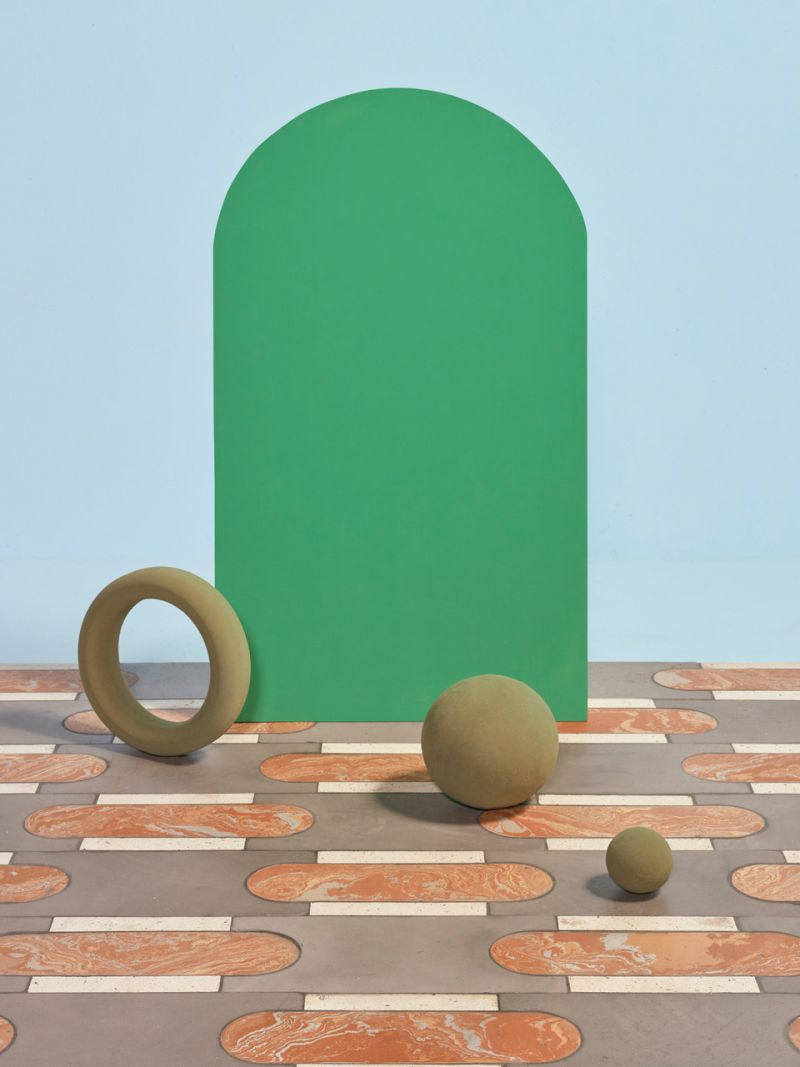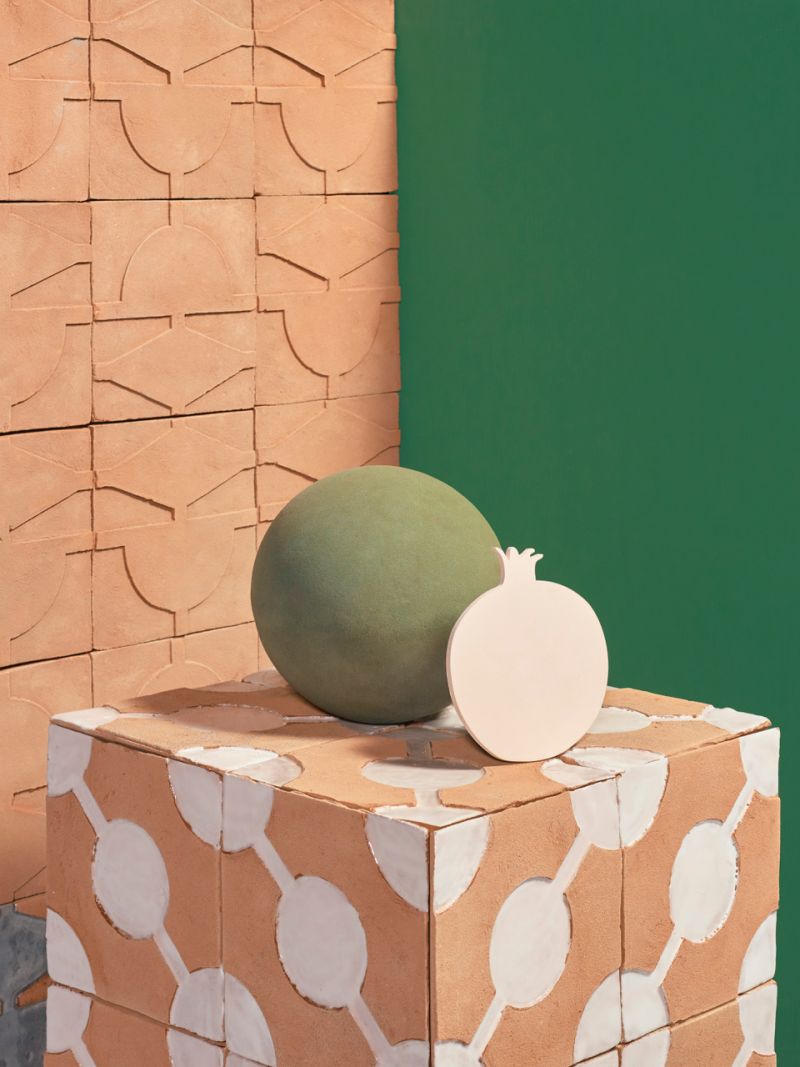‘I wanted to feel free to allocate my time as I pleased’
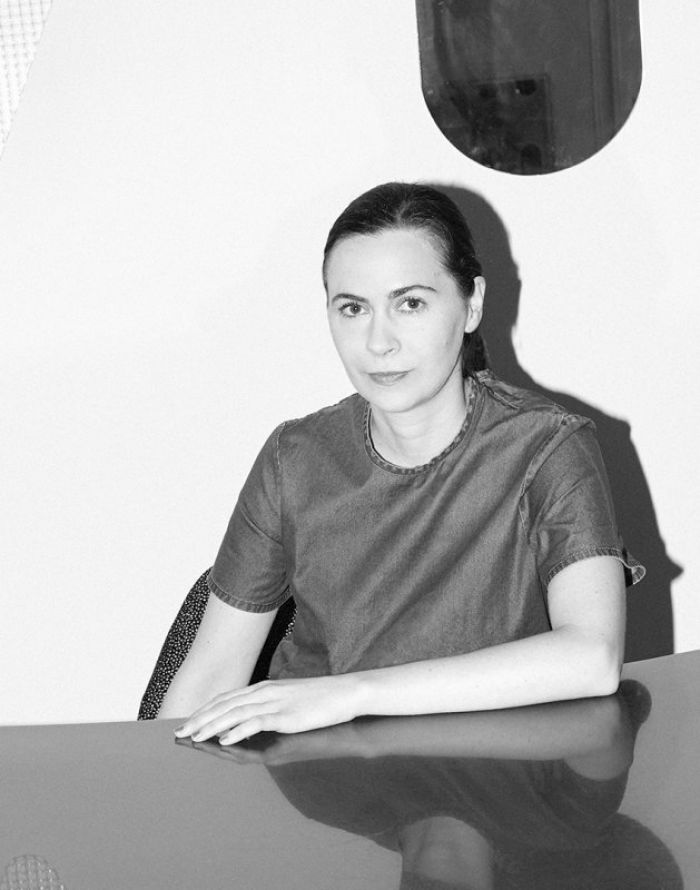
Cristina Celestino
The whole deal
Whatever the product –from tiles and furniture, to accessories and textiles- designer Cristina Celestino gives it an unexpected, glamourous and highly feminine twist.
Cristina Celestino, was born and raised in a small city in the Friuli-Venezia Giulia region. After high-school she enrolled at the School of Architecture at IUAV University of Venice where she graduated with honors. Shortly after, she started to collaborate with a number of architecture studios where she was involved in urban-scale, architectural projects. But it was at the Sawaia & Moroni-studio in Milan where Cristina first started designing interiors. In 2012 she launched her design brand, Attico Design and opened her studio a year later.
Since then her career has taken of, working on many personal projects, developing limited edition pieces for galleries, museums and collaborating with firms worldwide.
Because of the COVID situation we are not allowed to travel from region to region, I talked to Cristina on the phone. She’s lives Milan, in a house from the 1940’s with her husband and small daughter.
What made you realize you were more interested in interior design?
‘Doing it! At Sawaia & Moroni they asked me to work on some projects and I had more fun designing the interior than the exterior. A colleague of mine was working on some objects, and I remember that appealed to me too…
What was a game chancer for you?
‘In 2012 I launched my brand, Attico Design, a nod to both the beloved attic I rented for a few years in Rome as well as the poetic idea of looking at things from above. While I was designing pieces for my collection, I was selected to take part in Satellite, an annual event of the Salone del Mobile presenting new and young talents to the industry. That definitely brought me some attention, ‘shortly after that I was asked to work for several international galleries, showrooms and museums. Suddenly I was on the map, so to speak.’
You were also noticed by ‘commercial’ brands
‘Seletti had seen my Atomizers, a selection of coloured blown bottles in borosilicate glass, at Sattelite and noticed the praise they were getting. About a year later, they asked me to produce them exclusively for them.’ The bottles are now part of the permanent collection at the Triennale Museum in Milan.
So that’s how it works? Companies spot your creations and want them in their collections? Laughing ‘Exactly, although nowadays I get to be briefed with a precise wish-list.’
So that’s how it works? Companies spot your creations and want them in their collections? Laughing ‘Exactly, although nowadays I get to be briefed with a precise wish-list.’
In 2013 you decided to open your own studio ‘It was the same year my daughter was born, something that actually triggered my need for independence. Before, I would work on my personal projects in the evenings and weekends, because from Monday to Friday I was working on projects for Sawaia & Moroni. I was struggling with time and having a baby made me realize that I wanted to be allocate my time as I pleased.’
Was it an immediate success?
‘No, in the beginning it was though. But surely I began to get more work. And the fact that my studio was very close to my house, made my life easier on a personal level.’
At some point you were approached by Roman fashion house Fendi?
‘Indeed. Their curator, Maria Cristina Didero, asked me to create a full collection for the 2016 edition of Design Miami. She wanted me to design a complete interior space with twelve pieces of furnishings and lighting to be showcased in Fendi’s flagship stores worldwide. And a mobile Fendi Vip Room, designed to host important clients, called The Happy Room.’ A dream job ‘Absolutely. I mean, when you design one object, it will eventually end up in a catalogue with other people’s designs. But when you create a whole décor for a fashion brand it’s all yours… it’s complete. This is without doubt very satisfying. The downside of the fashion-world is that things change rapidly. Therefore your creations might not be very durable.‘
Fendi, benefactor of many design projects, always encourages its designers to make a reference to the brand’s use of beautiful materials and artisanal techniques ‘There’s this typical handcraft, a Fendi-signature knitting technique called intarsia, they use to assemble different types of fur. I applied this principle to different coloured marble-types and lacquered wood to create patterns on some furniture pieces.’
Recently you have been working with Maison Matisse
‘ Yes, this is a new French brand that was initiated by the fourth generation of the great painter’s family. To pay homage to Mattise’s 150th anniversary they asked me to re-interpret the colourful work of their great grandfather and design a set of objects that would ‘recall his universe. I specifically got inspired by the eponymous painting ‘Intérieur aux Aubergine’ and the rest of his amazing work.’
‘Its stressfull having to produce something new and spectacular every, single year’
BottegaNove, the historical tile manufacturer, hired you as their creative director, just like Fornace Brioni. What is it that you like about tiles?
‘It has huge potential in terms of production and there are endless decorative possibilities. You can play with shapes, geometry, colour and through scale variations. By mixing all those elements you can create something new and unexpected with a rather ‘traditional’ product.’
Is that typical Celestino? Celebrating a mix of old and new aesthetics?
‘I guess so. I mean, I do get inspired by almost everything. My daily life in Milan, fashion, jewellery, the Italian Masters…
I absolutely love the era of mid-century-design, but I also look for patterns in nature and am passionate about 16th century architecture. I could go on… It’s definitely a mix of many things.’
I absolutely love the era of mid-century-design, but I also look for patterns in nature and am passionate about 16th century architecture. I could go on… It’s definitely a mix of many things.’
‘I just love being in my studio, working on many new projects. Honestly, I can’t wait for this Covid-period to be over. For us designers it’s been really dramatic that the Salone del Mobile was cancelled this year. Although I have to admit that there’s a lot of pressure having to produce something new and spectacular every, single year. I’ve heard that from many designers. In that sense I hope we’ve all learned something from this experience. Maybe we should have just one Salone del Mobile every other year, in order to produce more durable and less superficial designs. Something positive that can come out of this whole tragedy.’
